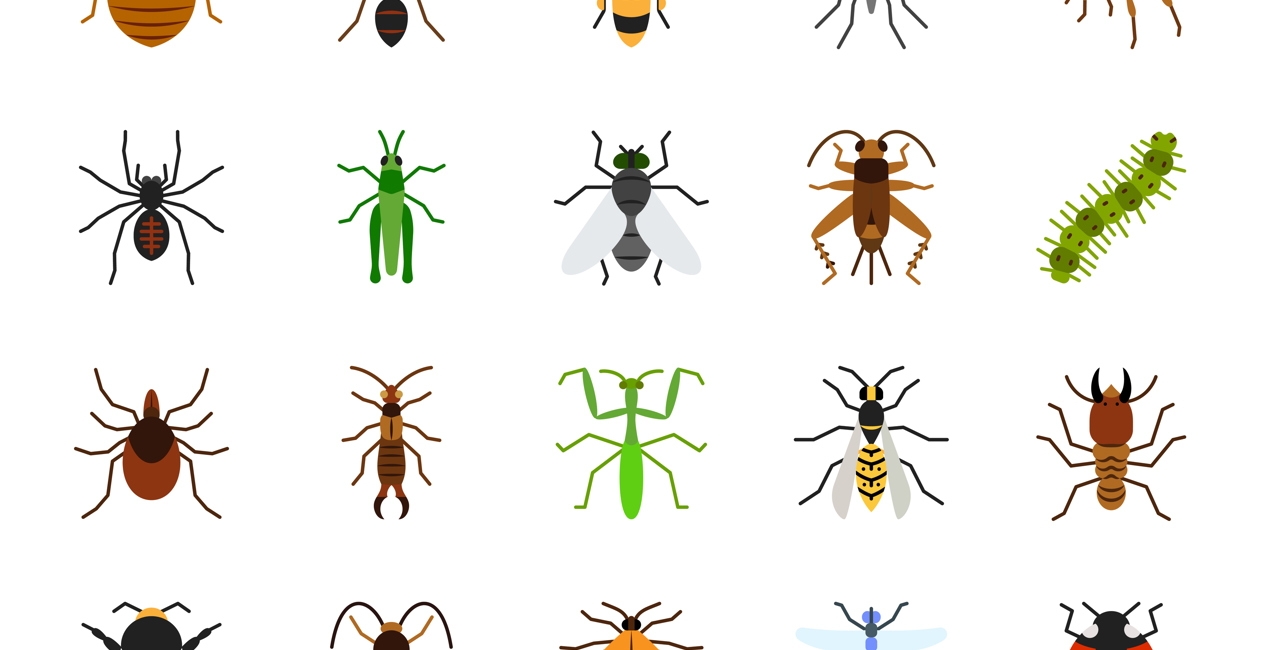

Did you know that new insects are still being discovered? Scientists now know of over a million different species but believe that up to six to ten million species live on earth.
Many small creatures are called insects, which are also known as invertebrates. Insects are divided into three different groups:
Insects’ main senses are smell, touch and taste. They use these more often than hearing and their ability to see in order to understand and learn about the world around them. They use antennae, short hairs and taste receptors to do this.
Insects’ colour and appearance is essential to their ability to survive. While some insects use camouflage to be able to hide in their surroundings others have bright colours to warn animals not to come close. They use camouflage to protect themselves from being eaten or to help them sneak up close to other creatures before eating them. Did you know about the bird dropping caterpillar? It looks exactly like a bird's dropping and so it can hide from the birds that want to eat it!!!
Did you know?
In this issue we will learn a lot about a variety of insects and remember to take the quiz to learn more interesting and strange facts about them.